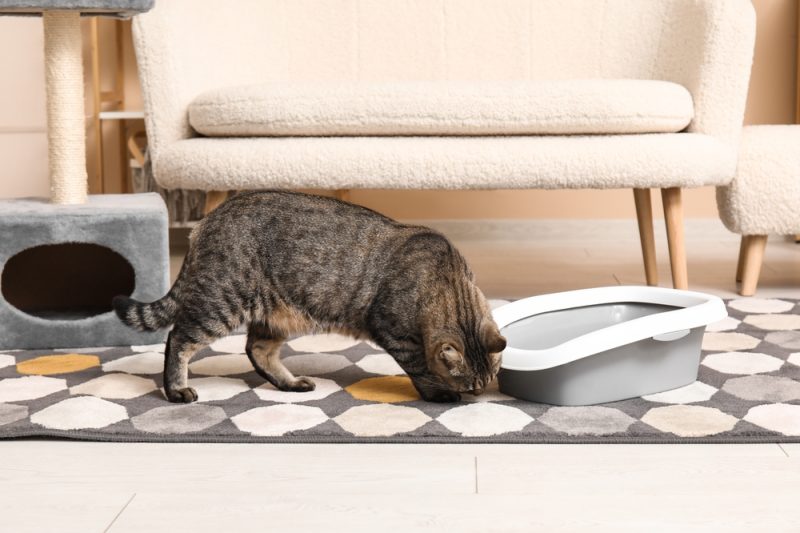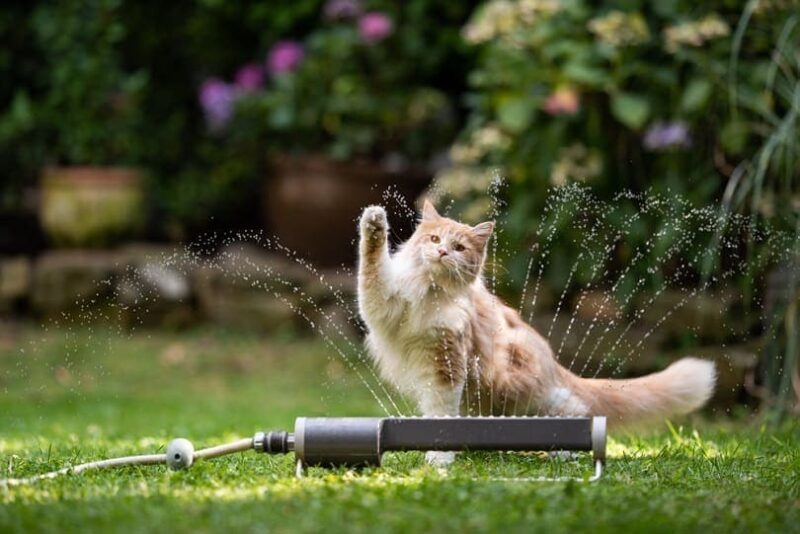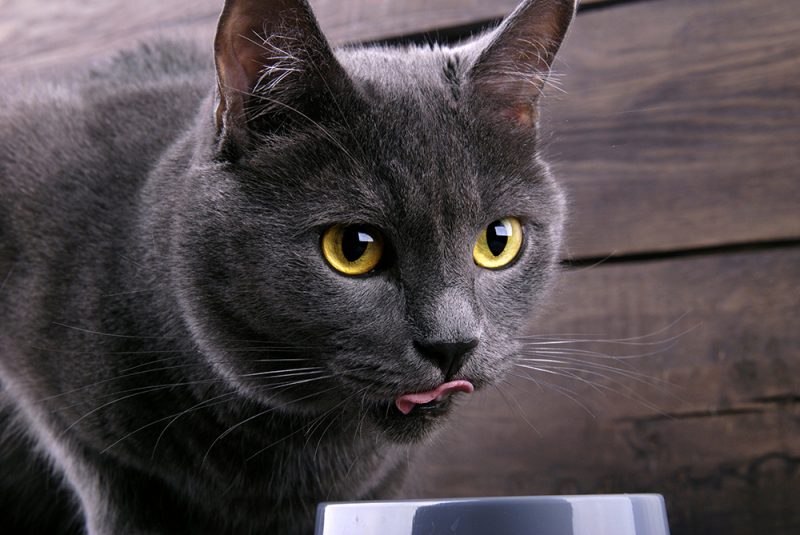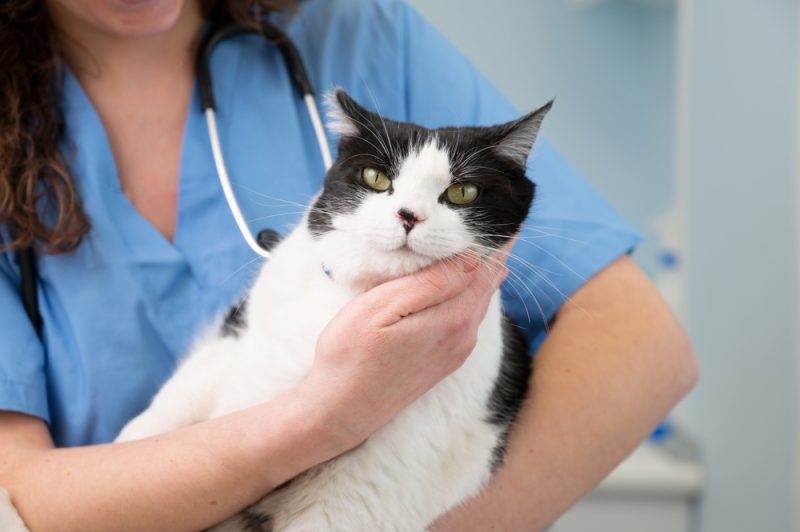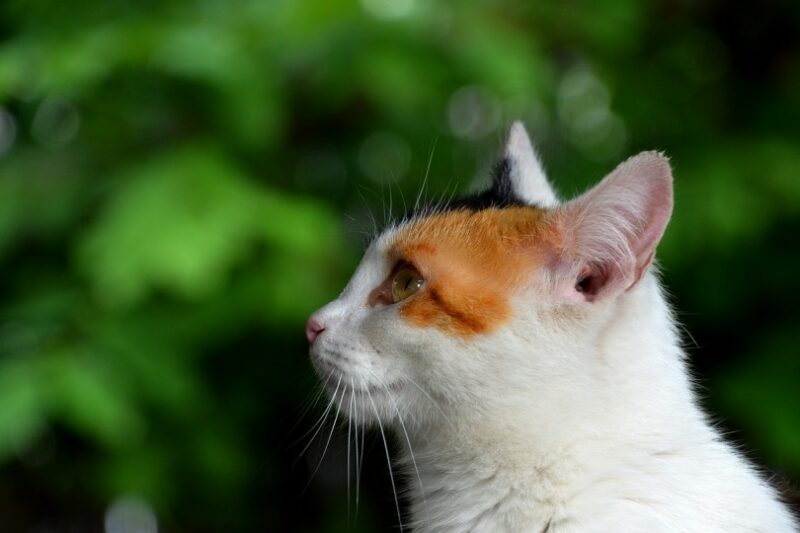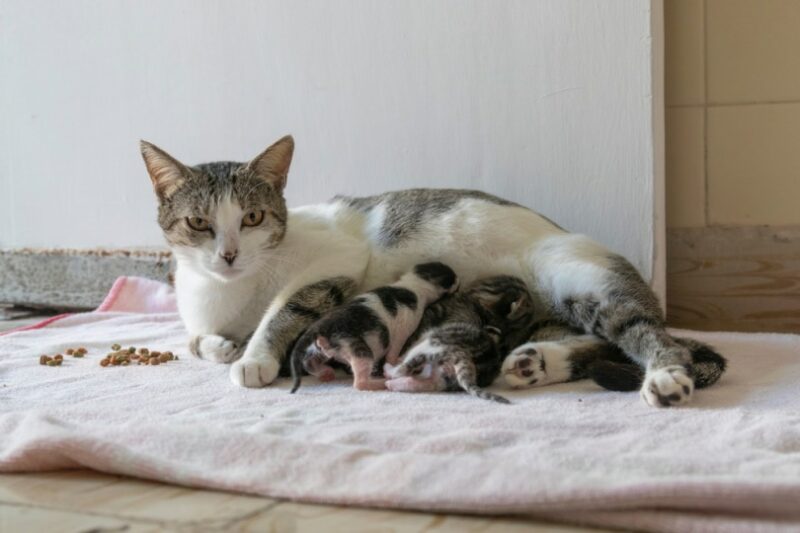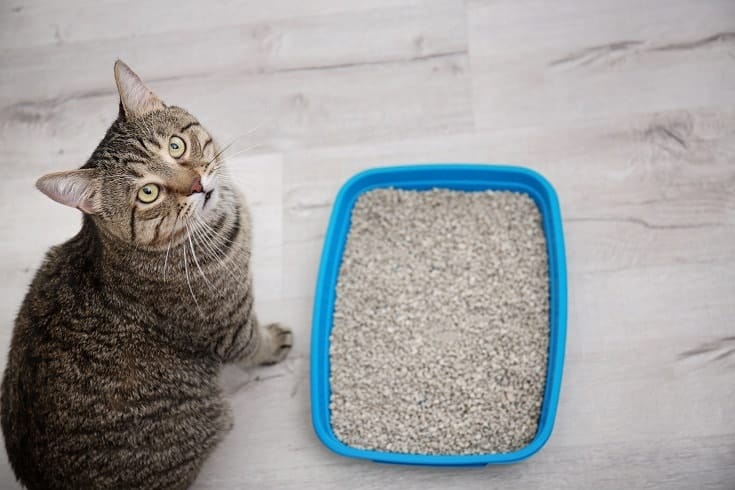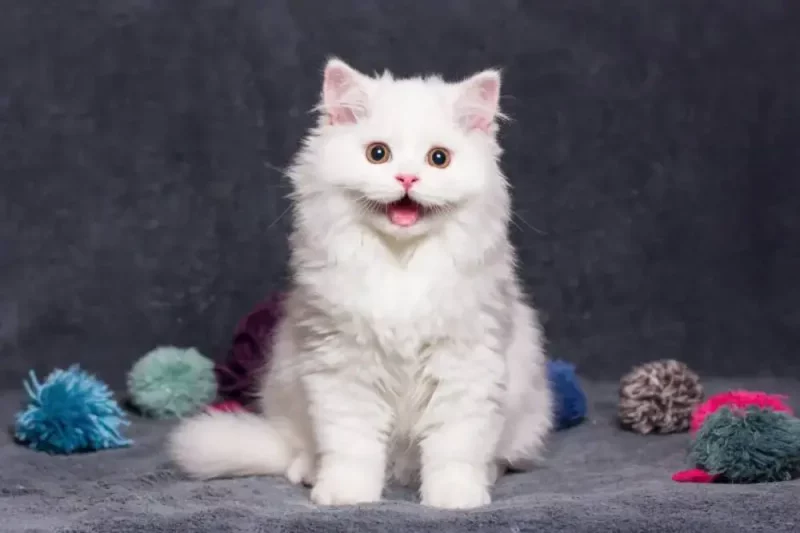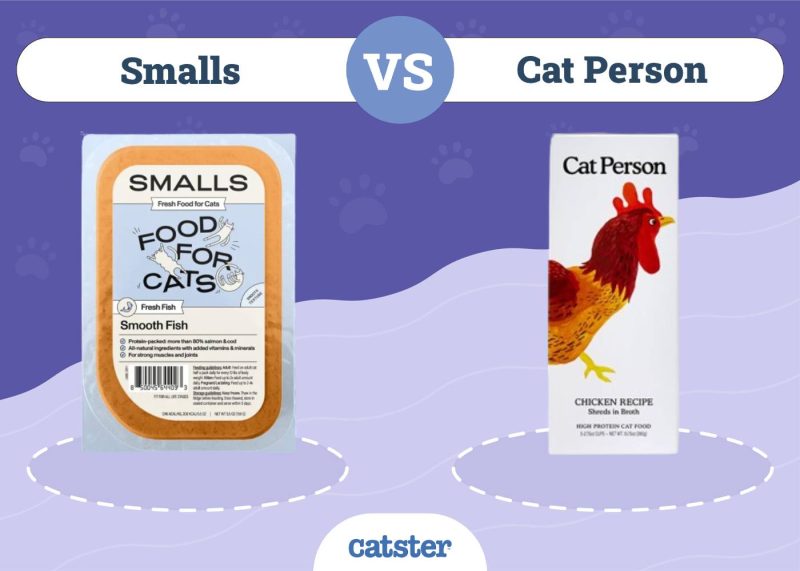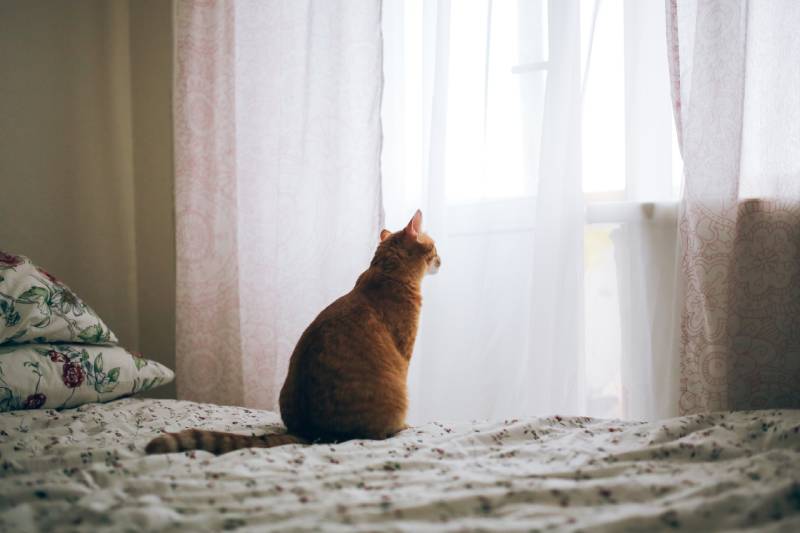In this article
There is no clear-cut answer to the question “Can cats detect mold?” but there are ways your cat may be alerting you to the presence of mold in your home. For instance, your cat may be urinating in areas that are not the litter box. They may exhibit another indicator of the possibility of mold in your cat’s health.
Cats are overly sensitive to mold, which can affect their health. Read on to learn more about mold and your cats.

Urinating in Areas Other Than the Litter Box
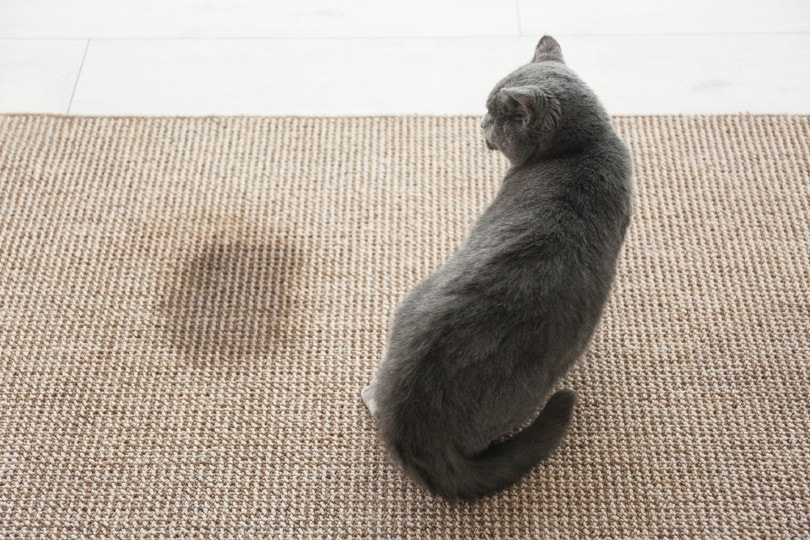
As we all know, cats are territorial creatures and will urinate in an area that has the smell of urine from another animal. So, what does that have to do with mold, you ask? Cats cannot decipher the smell of urine from the smell of mold. Mold smells like urine to a cat, so they will urinate on the mold as they would the urine of another animal.
Has your cat ever urinated on your latex bath mat? If your cat senses some mildew on the bathmat, it will urinate on it. It’s not unusual for your cat to interpret leather in the same way.
If you find your feline wandering off to urinate on the basement wall, it might be because another animal urinated there, but it could also be mold, and it should be removed immediately, so you or your pet does not get ill.
The Effect of Mold on Your Cat’s Health
According to PetMD veterinary advisor Dr. Jennifer Coates, three categories of health problems in your pet could result from mold. They include ingestion, inhalation, and allergic reactions.
- Ingestion: If your cat ingests mold, it may exhibit gastric issues like vomiting, changes in stool, and decreased appetite.
- Inhalation: Nasal discharge, wheezing, sneezing, coughing, lethargy, respiratory distress exhibited by rapid or labored breathing, and bleeding from the nose or mouth.
- Allergic Reaction: Licking, chewing, and scratching can become excessive and cause sores and patches of hair loss.
If your cat is showing any of these health concerns, seek the advice of a vet immediately.
If you need to speak with a vet but can't get to one, head over to PangoVet. It's an online service where you can talk to a vet online and get the advice you need for your pet — all at an affordable price!

Detoxify the Environment
To detoxify the environment, you may want to have a friend or family member keep the cat while you clean your home. It’s recommended that you leave behind all the toys, dishes, blankets, and beds so you can clean or remove them from the home.
The next step is to clean anything that belongs to the cat. If it cannot be cleaned, replace it. To remove the mold, use a mixture of half distilled water and half ammonia. It’s important to use distilled water since tap water contains chlorine, and it should not be mixed with ammonia. Wash all of your cat’s items with ammonia and distilled water, and be sure to dry them thoroughly.
Items like beds, blankets, and pillows can be more difficult to clean so you may want to replace them. It is recommended that you replace any fabric items that are over one inch thick. The room will also need to be cleaned down since mold spores are easily released into the air.
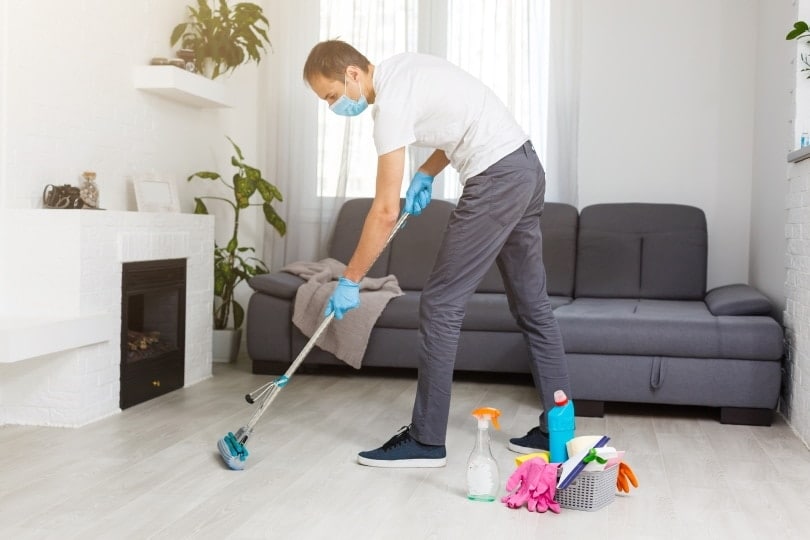
Preventing Mold Poisoning
There are areas in your home that may be damp and more susceptible to mold growth. It may be a good idea to identify and keep your pet away from these areas until they can be professionally treated. For example, damp basements, garages, or areas that are known to have seepage.
How often do you clean your cat’s bowls and toys? All toys, food and water bowls, and plastic and rubber toys should be cleaned a minimum of once a week. Launder all pillows, beds, and blankets regularly to prevent mold growth.
To prevent mold growth on your cats’ kibble, keep it in an air-tight container. If you keep it in the original packaging, be sure to keep it tightly closed. Keep your pet away from things it should not be eating, such as spoiled food and garbage cans inside or outside of the house.
If your house is humid, you may want to invest in a dehumidifier to reduce the risk of mold. Another preventative measure is to keep an eye on baseboards, windows, drywall, and any other areas that may hold moisture so you can tend to it before it becomes a larger problem.

Conclusion
While we may not be able to say for sure that cats can detect mold, we can say that if they find it, they may pee on it. We also know that the presence of mold can make your cat sick. So, it is important to keep their toys and other items clean and dry and try to restrict them from areas that are damp or susceptible to mold.
We also recommend that if your cat presents with any of the symptoms listed above, you should seek the advice of your veterinarian.
Featured Image Credit: Pixel-Shot, Shutterstock
